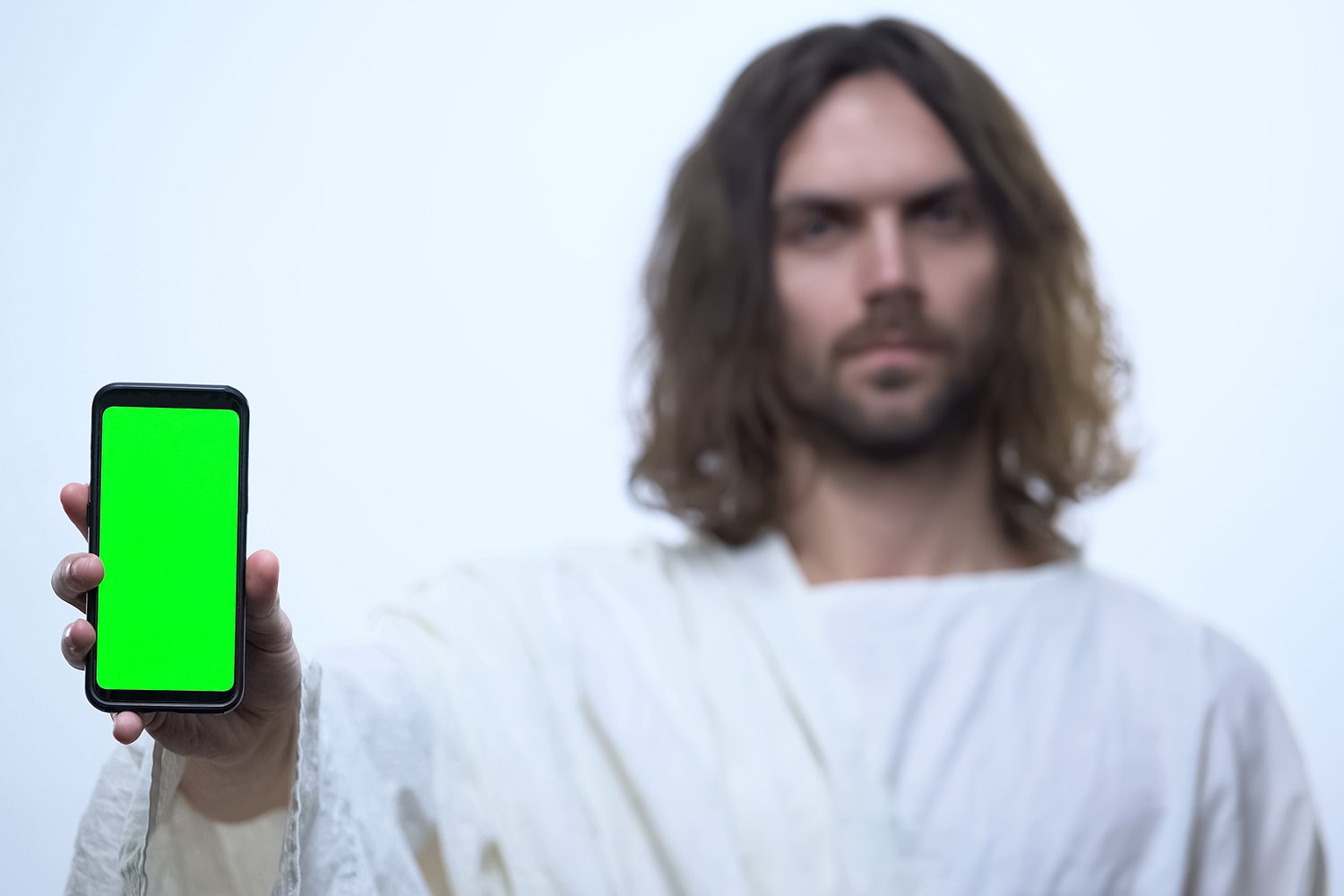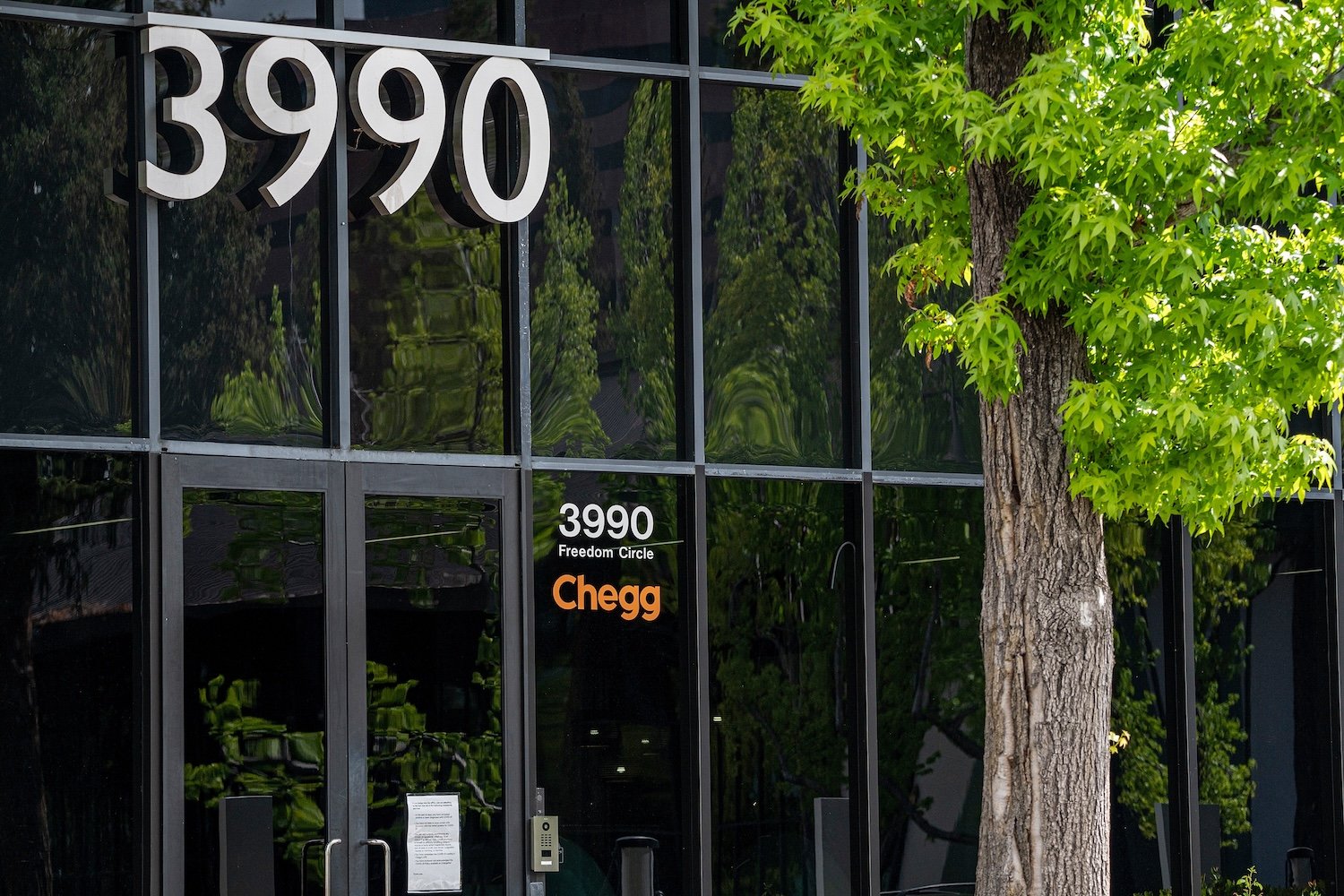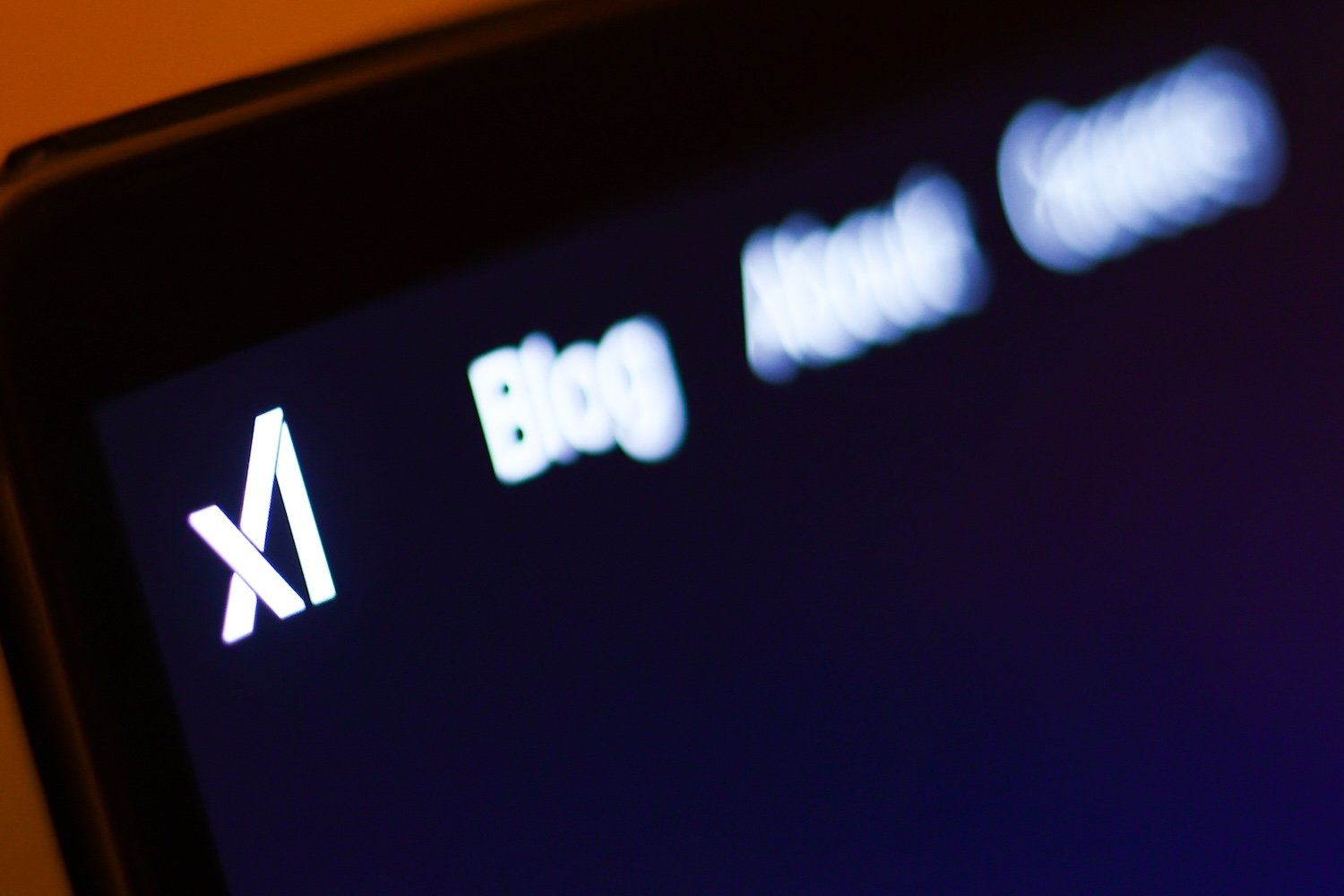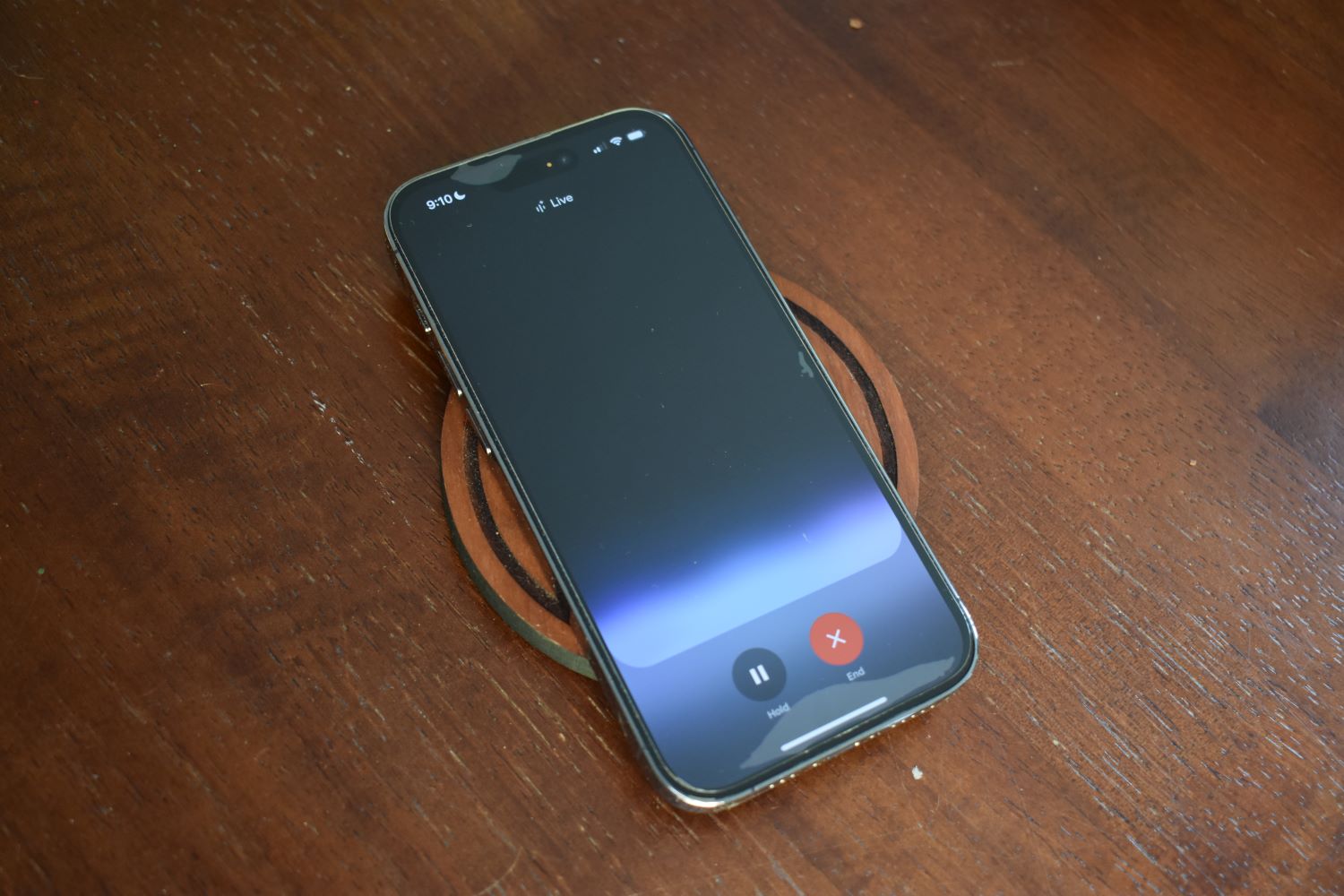This fall, a Swiss Catholic church experimented with an AI-powered hologram of Jesus in a confessional, sparking discussions about the intersection of technology and religion. The installation, part of a project called “Deus in Machina” (God from the Machine) at the University of Lucerne, aimed to explore the relationship between artificial intelligence and spirituality. The project invited visitors to interact with the AI Jesus and pose questions, while cautioning against sharing personal information. While some media reports misconstrued the project as AI Jesus hearing confessions, the reality was more nuanced. This innovative project raises important questions about the role of AI in religious practices and the very nature of confession itself.
The Confessional: A Place for Human Connection
The placement of this AI project within a traditional confessional booth raises significant theological and historical questions. In Catholic tradition, the confessional is a sacred space where individuals confess their sins to a human priest, who offers absolution in the name of God. This act is rooted in the belief that confession and repentance are communal acts, involving human interaction and empathy. The New Testament emphasizes this communal context. In the Gospel of John, Jesus grants his apostles the authority to forgive sins, highlighting the human element in this process. The Epistle of James further encourages mutual confession among believers.
 Alt text: An image of a traditional confessional booth, emphasizing the space for private confession and interaction with a priest.
Alt text: An image of a traditional confessional booth, emphasizing the space for private confession and interaction with a priest.
Historical Evolution of Confession
The practice of confession has evolved significantly over time. Early churches often practiced public confession for serious sins, followed by absolution and reintegration into the community by the bishop. Over centuries, this evolved into a more private and ritualized process, with individual confessions to a priest becoming the norm. Penance, often involving prayer and fasting, was an integral part of this process.
The Middle Ages and Beyond
The Middle Ages saw further developments, including the widespread belief in Purgatory, a place of purification for souls with unconfessed sins. Penance was formally declared a sacrament, and the Fourth Lateran Council in 1215 mandated annual confession for all Catholics. The first physical confessionals, designed for privacy and to prevent abuses, appeared in the 16th century.
Modern Transformations of Penance
The Second Vatican Council in the mid-20th century brought significant changes to the Rite of Penance. Three forms of the rite were introduced, including options for communal penance and general absolution in emergency situations. Reconciliation rooms, offering both anonymous and face-to-face confession, emerged. However, these changes also led to a decline in the frequency of confession, with many confessionals falling into disuse.
The Future of Confession and AI’s Role
The “Deus in Machina” project, while not a replacement for traditional confession, raises thought-provoking questions about the future of spiritual guidance. Could AI potentially offer information, advice, or even limited counseling? While AI may provide access to religious texts and information, the Catholic perspective maintains that true absolution requires human connection, empathy, and a shared understanding of the human condition. An AI, lacking the lived experience of a human being, cannot truly grasp the complexities of sin and forgiveness.
Conclusion: Balancing Technology and Tradition
The AI Jesus experiment highlights the growing intersection of technology and spirituality. While AI can offer new ways to engage with religious concepts, it’s crucial to preserve the core values and traditions of faith. The human element in confession, rooted in empathy and communal connection, remains essential. The future may see AI playing a complementary role in spiritual guidance, but the act of confession, as understood in Catholic tradition, remains firmly grounded in human interaction.











